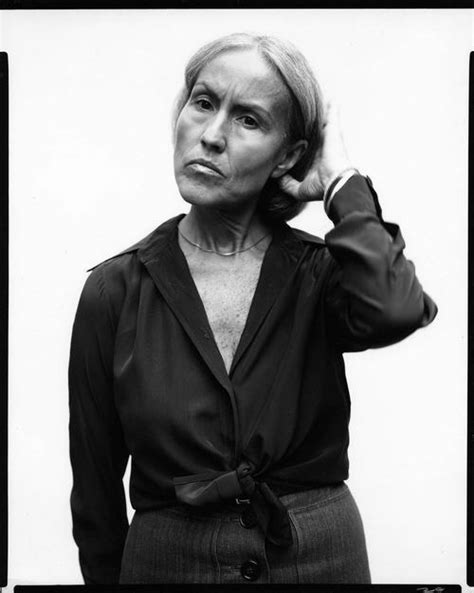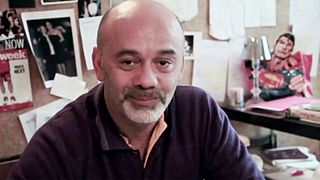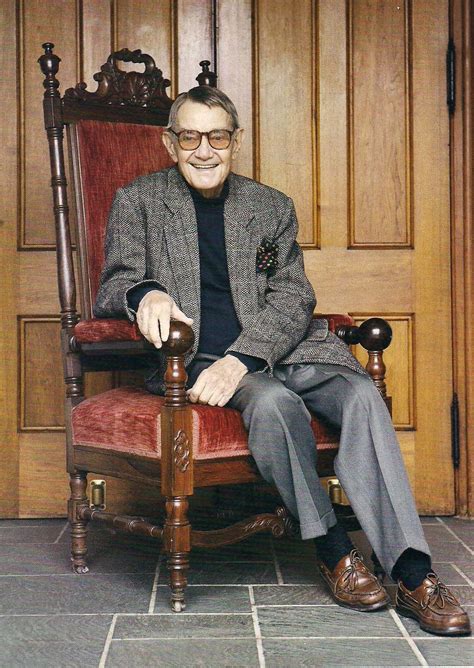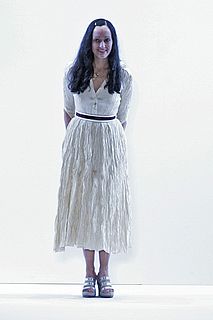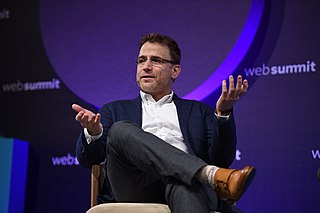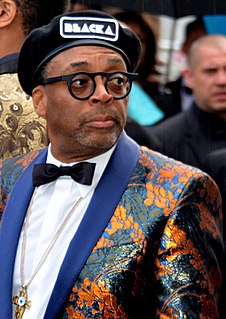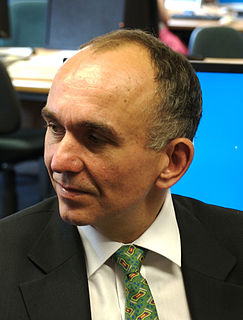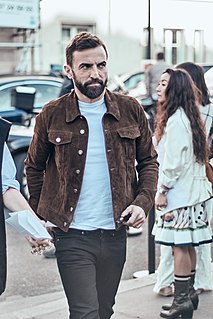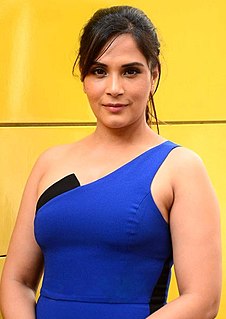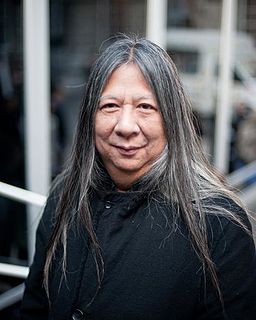A Quote by Polly Allen Mellen
If you've taken the job to be the stylist for a collection, then I think it's important for you to really listen to the designer and look at the board. Look at the wall, look at what the designer is interested in, and then move on to that. But the designer also must not lose sight of the reason for their point of view. Otherwise it won't come across.
Related Quotes
[While designing] I'm mixing two lines of thought really: me as a designer for women and then me as a man. At the start of the design process it's the designer for women that comes to the forefront - sketching and revising the silhouette. Then the man comes into the picture - and I look at the shoe from a very masculine point of view. Then there is a conflict between the two sides of me. Sometimes the man wins, and sometimes the designer wins.
I don't think of myself as a brand, simply a designer. A fashion designer who is married to an artist and together we have woven a body of worth through the years - with hopefully a recognizable signature. I look forward to one day becoming a brand... But that takes a business structure with brilliant business people to run it. I do look forward to that chapter in our life.
How a designer gets from thought to thing is, at least in broad strokes, straightforward: (1) A designer conceives a purpose. (2) To accomplish that purpose, the designer forms a plan. (3) To execute the plan, the designer specifies building materials and assembly instructions. (4) Finally, the designer or some surrogate applies the assembly instructions to the building materials. What emerges is a designed object, and the designer is successful to the degree that the object fulfills the designer's purpose.
That bothers me when I see that fashion editors are consultants for brands. It tells me that the designer has lost sight of what he or she really wants to do, and that he or she is listening to the strength of a very strong stylist and being a little watered down - and by watered down, I mean, the strength of the designer's vision. I'm not saying it's easy.
If the point of contact between the product and people becomes a point of friction, then the designer has failed. If, on the other hand, people are made safer, more comfortable, more desirous of purchase, more efficient — or just plain happier — by contact with the product, then the designer has succeeded.
I'm an unbelievable designer. I don't know how I know and just do these things. I just start sketching and then I just know the colors and I always know the forecast. I know green and purple are going to be hot. I was born to be a designer. I worked hard to be a tennis player, I don't work hard to be a designer.
